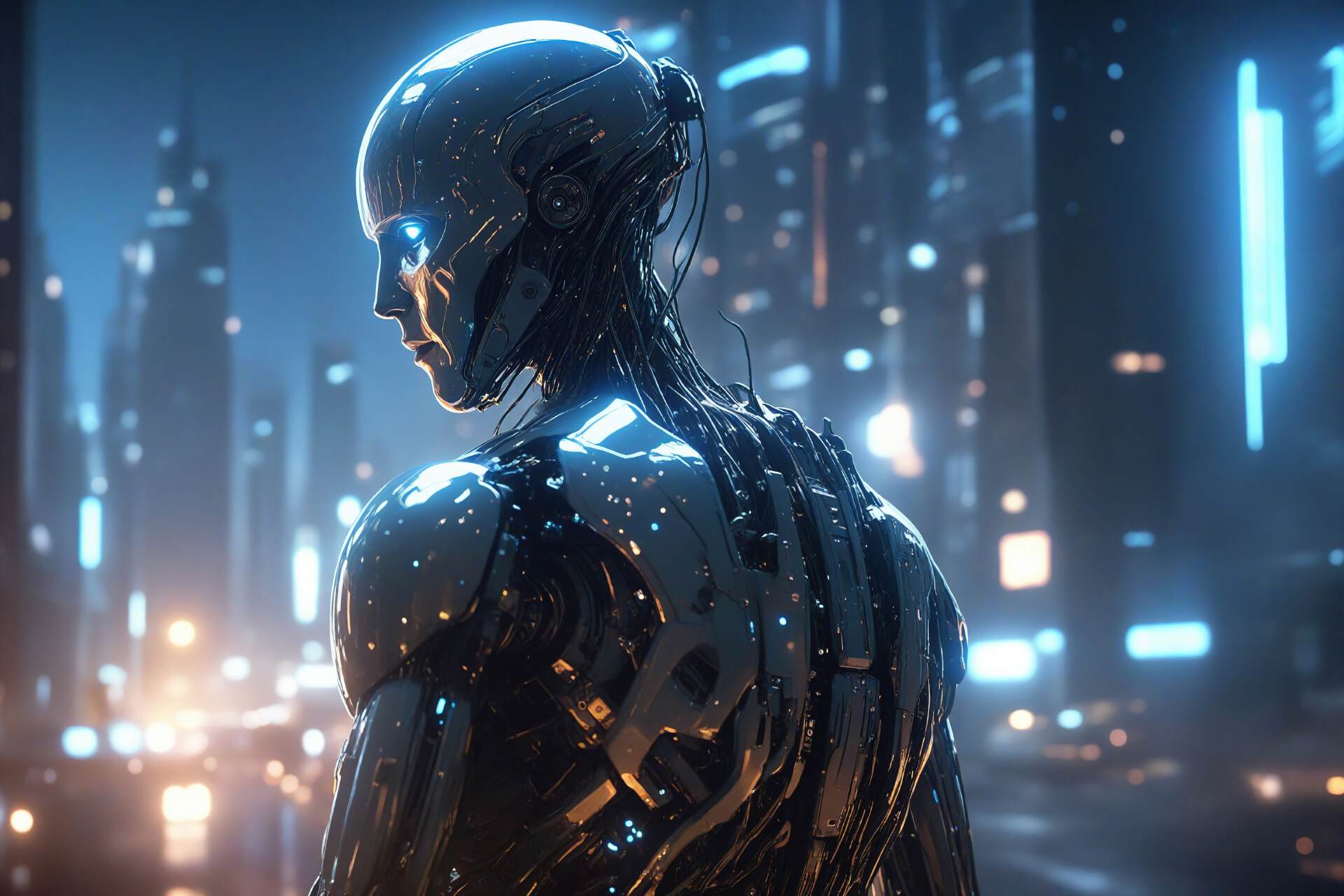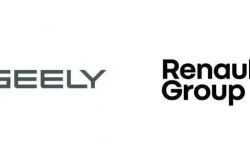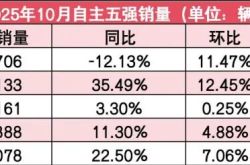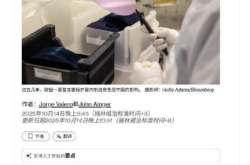The Dawn of Mass Production and Commercialization of Humanoid Robots: Who Will Reign Supreme?
![]() 09/02 2025
09/02 2025
![]() 539
539

On September 2, stocks related to the humanoid robot concept, including Qinchuan Machine Tool, Top Group, Efort, Wuzhou Xinchun, Zhongda Lide, and Juneng, surged collectively.
With Zhiyuan's acquisition of SWANCOR and Unitree Technology embarking on IPO mentoring, large enterprises have made successive capital moves, signaling the ascending industrial trend of humanoid robots. Amidst this burgeoning landscape, who will emerge as the dominant player?
2025 marks the inaugural year of mass production for humanoid robots.
In China, leading companies such as Zhiyuan, Unitree, UBTECH, and Fourier are progressing with mass production as scheduled. Zhiyuan's Shanghai Lingang factory boasts a monthly production capacity of up to 1,000 units, while Unitree aims to mass-produce over 5,000 units in 2025.
Overseas, Tesla plans to produce 10,000 Optimus units in 2025, 1X Technologies anticipates mass-producing thousands of units, and Figure AI envisions mass-producing 100,000 units within the next four years.
This first year of mass production is also the inaugural year of commercialization.
Prior to July 2025, orders for humanoid robots were predominantly concentrated in universities, research institutions, and the retail market.
Post-July, two significant orders fundamentally established the inflection point for commercialization. Zhiyuan and Unitree won the bidding for China Mobile's humanoid bipedal robot OEM service procurement project, totaling up to 124 million yuan, marking the first billion-yuan order in the domestic humanoid robot market. Subsequently, UBTECH won the bidding for a 90.51 million yuan robot equipment procurement project from Miyee (Shanghai) Automotive Technology Co., Ltd.
The influx of large orders, totaling over 200 million yuan, vastly surpassed the previous industry's annual order scale, dispelling doubts in the capital market about the commercialization capabilities of humanoid robots. This has also sparked the recent explosion in the humanoid robot sector.
The humanoid robot industry is on the rise, attracting an increasing number of players. Currently, players in the humanoid robot field are primarily categorized into four groups.
First, new forces in robotics, including UBTECH, Unitree, and Zhiyuan. Among them, UBTECH was established the earliest (in 2012) and later became a cornerstone for talent training in the industry.
Second, industrial and service robots that have undergone cross-border transformation. Notable representatives include Topstar and Efort, which previously specialized in industrial robots. However, with waning industry demand and intensifying competition, their performance growth and profitability have been significantly impacted.
Third, technology giants led by Huawei. On November 15, 2024, Huawei signed cooperation agreements with 16 enterprises, including Elobots, Topstar, Efort, and Zowee, initiating the development of the China Southern Robot Alliance. Additionally, major companies such as Baidu and iFLYTEK will also focus on robot AI.
Fourth, new energy vehicle enterprises, including Xiaomi, Xpeng, and Tesla. One of the pivotal factors driving their entry into the robotics field is the desire to create synergies with their existing automotive businesses. In the coming years, one of the most plausible industrial scenarios for large-scale robot deployment will be in automobile manufacturing. Implementing robots in their own factories can substantially reduce automobile manufacturing costs and diversify their business portfolio.
The competitive landscape among these four forces has already crystallized, and fierce competition is inevitable. So, who will be able to solidify their market position?
According to Market Value Observation, new forces led by Unitree and technology giants led by Huawei are most likely to emerge as winners. Indeed, the A-share market has also conducted multiple rounds of speculation, primarily revolving around the concept stocks behind these two forces.
In 2016, Wang Xingxing left DJI and founded Unitree Technology. Within a year, he tackled the development of hardware technologies such as motors and main controllers, subsequently releasing the Laikago robot dog. Through continuous iterations and upgrades, new products such as Alien Go, Unitree A1, Unitree Go1, B1, GO2, B2, and B2-W were launched.
After several years of competition, Unitree has become the DJI of the robot dog field – in 2023, it accounted for 70% of global robot dog sales and 40% of the total market size.
In 2023, with the rapid development of AI fueled by ChatGPT, Unitree swiftly ventured into the field of humanoid robots, successively releasing the H1, G1, and R1 products. Robot dogs and humanoid robots share the same technological roots, allowing Unitree to seamlessly transfer the technology it has accumulated in the former field.
During the 2025 CCTV Spring Festival Gala, the H1 robot made a high-profile debut and instantly garnered immense popularity. Therefore, whether from the perspective of hardware technology or branding, Unitree has established itself as a first-tier player in China and even globally, and it is virtually certain that it will secure a prominent position in the future.
Apart from Unitree, Huawei's official announcement of its involvement in robotics has also injected a shot of adrenaline into the industry. In fact, as early as seven years ago, Huawei began conducting technological research and development around "robotics + AI," amassing numerous patents in areas such as human-computer dialogue, robot arms, and obstacle avoidance systems.
Furthermore, Huawei's cutting-edge technology in AI chips, operating systems, and large models has also fueled market expectations for its breakthroughs in robot AI decision-making and general large models. This is also one of the core logics behind the speculation surrounding the concept of Huawei robots in the A-share market.
Unitree excels in hardware, while Huawei excels in software. Both have a high probability of becoming the engines driving the wave of humanoid robots.
In the industrial chain, reducers, servo systems, and controllers account for 70% of the cost. A further breakdown reveals that it primarily includes lead screws, torque sensors, frameless/coreless motors, harmonic/planetary reducers, and operating systems, among others.
Among these, lead screws are core components with high technical barriers, low localization rates, and few players, making them one of the areas with the most growth opportunities.
Lead screws have stringent requirements for precision and craftsmanship in design technology, manufacturing and processing, materials and heat treatment, testing, and other aspects, making them the most technically challenging. Consequently, their gross profit margin exceeds 60%, far surpassing that of components such as motors, reducers, and force sensors.
Previously, the global market was dominated by giants such as GAS from Switzerland, ROLLVIS from Sweden, GMS from the United States, and NSK from Japan. Chinese manufacturers, primarily Hiwin Technology, predominantly operate in the mid-to-low-end market.
Starting in 2023, listed companies such as Shuanglin, Wuzhou Xinchun, and Best have announced their involvement in lead screw research and development, making significant progress. These companies have become the epicenter of speculation in the A-share robot sector, with some witnessing their stock prices soar more than tenfold in a year, creating unprecedented myths.
Apart from lead screws, suppliers with actuator assembly capabilities are another primary focus of the market. An actuator assembly integrates components such as motors, lead screws, torque sensors, and bearings into a single unit and supplies it to downstream robot manufacturers as a whole, akin to a Tier 1 supplier in the new energy vehicle industry. Compared to enterprises that only produce individual components, their performance and market space are substantially larger.
Currently, in addition to Sanhua Intelligent Controls and Top Group transforming and entering the field of humanoid robot assemblers, Zhenyu Technology and Siling have also made notable efforts.
To become a winner in the field of robot components, it is often necessary to have two main pillars of support. First, it is crucial to forge a deep bond with downstream core body manufacturers. As the market concentration of downstream robots will continue to increase, partnering with potential future leaders can ensure future performance growth.
Second, the original business should be robust. Currently, most suppliers hail from the new energy vehicle industry, and their own businesses need to demonstrate sustained growth. On one hand, this will lead to more generous market valuation; on the other hand, it enables continuous investment and financial support for new robot businesses, making their products competitive.
In summary, with the establishment of the inflection point for the commercialization of humanoid robots, downstream body manufacturers will accelerate their land grabs. For midstream and upstream suppliers, the window of opportunity for entering the industrial division of labor system will gradually close. In the future, it will become increasingly evident which enterprises can emerge as established Tier 1 and Tier 2 suppliers akin to those in the new energy vehicle industry chain. Regardless, suppliers providing lead screws and actuator assemblies to downstream leading enterprises will undoubtedly be among the biggest winners in this wave.
Disclaimer
The content related to listed companies in this article is based on the author's personal analysis and judgment, drawn from information publicly disclosed by the listed companies in accordance with their legal obligations (including but not limited to temporary announcements, periodic reports, and official interaction platforms, etc.). The information or opinions in the article do not constitute any investment or other business advice. Market Value Observation assumes no responsibility for any actions taken as a result of adopting this article.
——END——





